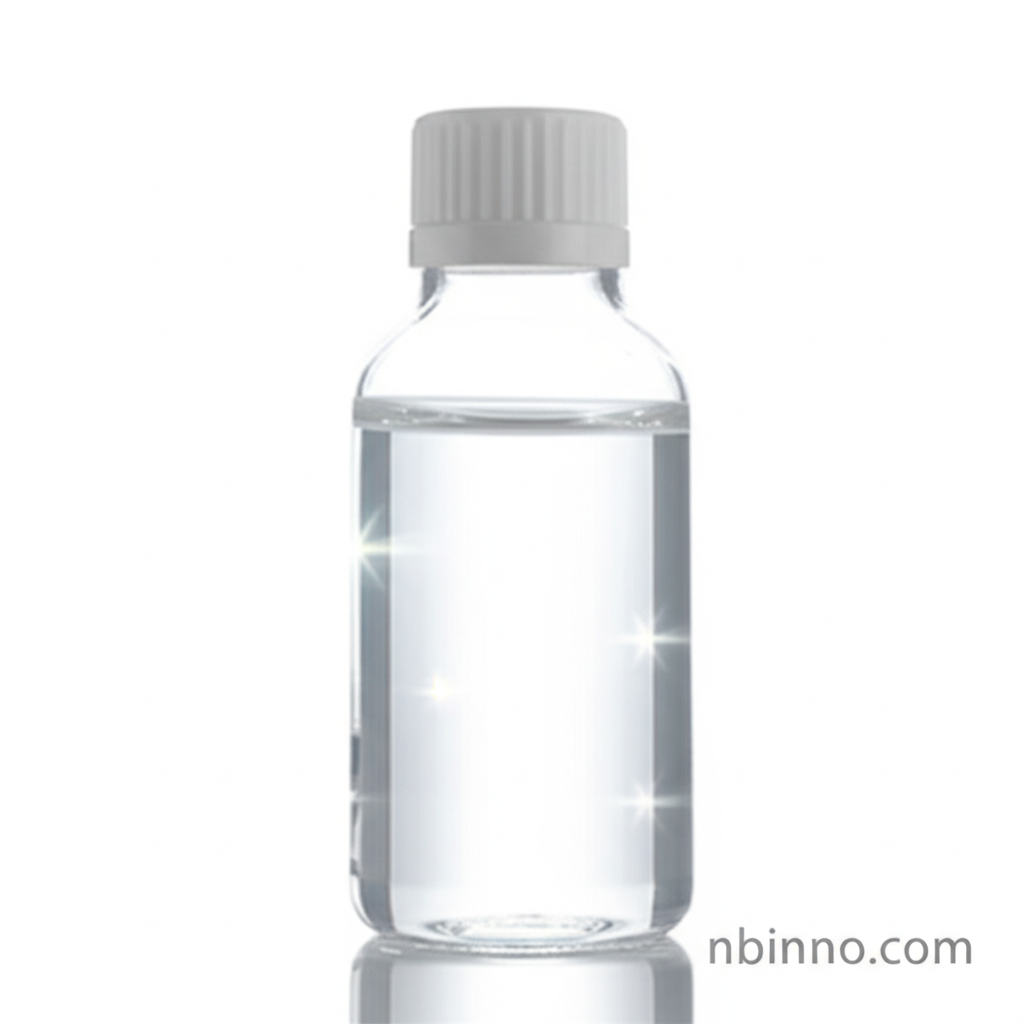3-Chloropropyldimethylchlorosilane (CAS 10605-40-0): A Versatile Organosilicon Intermediate
Discover the key properties, diverse applications, and crucial role of 3-Chloropropyldimethylchlorosilane in advanced chemical synthesis and material development. Explore its potential as a valuable supplier in China.
Get a Quote & SampleProduct Core Value

3-Chloropropyldimethylchlorosilane
As a leading manufacturer in China, we offer 3-Chloropropyldimethylchlorosilane (CAS 10605-40-0), a highly versatile organosilicon compound. Its unique chemical structure makes it an essential building block for numerous advanced applications, ranging from cutting-edge medical imaging agents to high-performance polymer systems. We pride ourselves on providing high-purity materials to support your research and industrial needs.
- Explore the critical role of 3-Chloropropyldimethylchlorosilane applications in innovative fields.
- Understand the detailed chemical properties of CAS 10605-40-0 for precise formulation.
- Learn how this organosilicon intermediate is vital for efficient synthesis processes.
- Discover its use as a key precursor for PET ligands in advanced medical diagnostics.
Key Advantages Offered
Enhanced Synthesis Pathways
Leverage the efficiency of this organosilicon intermediate for streamlined synthesis, a key factor in achieving cost-effective production.
Medical Imaging Innovation
Utilize its potential as a PET ligand precursor to advance medical imaging techniques, contributing to breakthrough diagnostics.
Advanced Material Development
The compound's inherent properties enable the creation of novel materials with tailored characteristics for demanding industrial applications.
Key Applications
PET Ligand Synthesis
This chemical serves as a crucial starting material for preparing misonidazole-based 18F-radiolabeled organosilicon compounds, vital for developing positron emission tomography (PET) ligands in medical imaging.
Block Copolymer Intermediate
It functions as an important intermediate in the synthesis of block copolymers, showcasing its utility in creating advanced polymer architectures.
Surface Modification
The compound is used for modifying surfaces of materials like glass and metals to improve hydrophobicity, valuable in electronics and packaging.
Adhesives & Sealants Formulation
Its ability to enhance adhesion and durability makes it a key component in high-performance adhesives and sealants for various industries.
